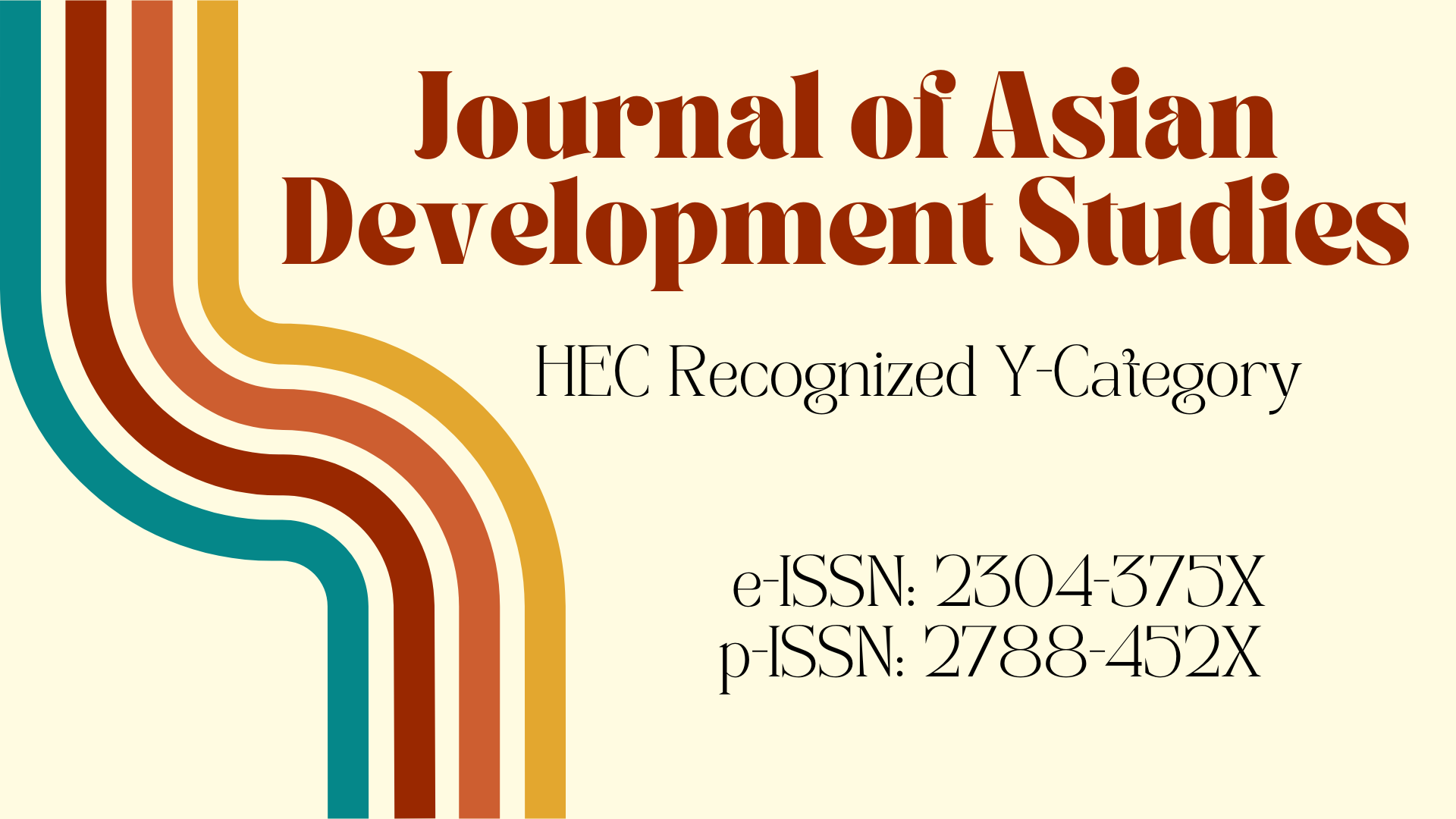Management Prospective of Archaeological Tourism and Heritage Management in Taxila Valley Pakistan
DOI:
https://doi.org/10.62345/jads.2025.14.1.76Keywords:
Heritage Management, Taxila, TourismAbstract
The Taxila Valley in Pakistan is a site of immense archaeological and historical significance, recognized as a UNESCO World Heritage Site due to its rich cultural heritage spanning several millennia. This study explores the management perspectives of archaeological tourism and heritage conservation in the Taxila Valley, highlighting its potential as a key driver for sustainable tourism and economic development. The research examines current management practices, challenges faced in heritage conservation, and the role of tourism in preserving this invaluable site. Key issues such as the impact of urbanization, environmental degradation, and insufficient infrastructure are critically analyzed. Additionally, the study emphasizes the importance of involving local communities, implementing sustainable tourism strategies, and enhancing collaboration between government authorities, international organizations, and private stakeholders. Through effective heritage management and the promotion of responsible tourism, Taxila can serve as a model for preserving archaeological heritage while contributing to Pakistan's cultural and economic growth. The findings of this research offer actionable recommendations for improving heritage tourism in the region, ensuring that future generations can continue to appreciate and benefit from this unique cultural treasure.
Downloads
Downloads
Published
Issue
Section
License

This work is licensed under a Creative Commons Attribution 4.0 International License.
License Terms
All articles published by Centre for Research on Poverty and Attitude are made immediately available worldwide under an open access license. This means:
- everyone has free and unlimited access to the full-text of all articles published in Centre for Research on Poverty and Attitude's journals;
- everyone is free to re-use the published material if proper accreditation/citation of the original publication is given.




